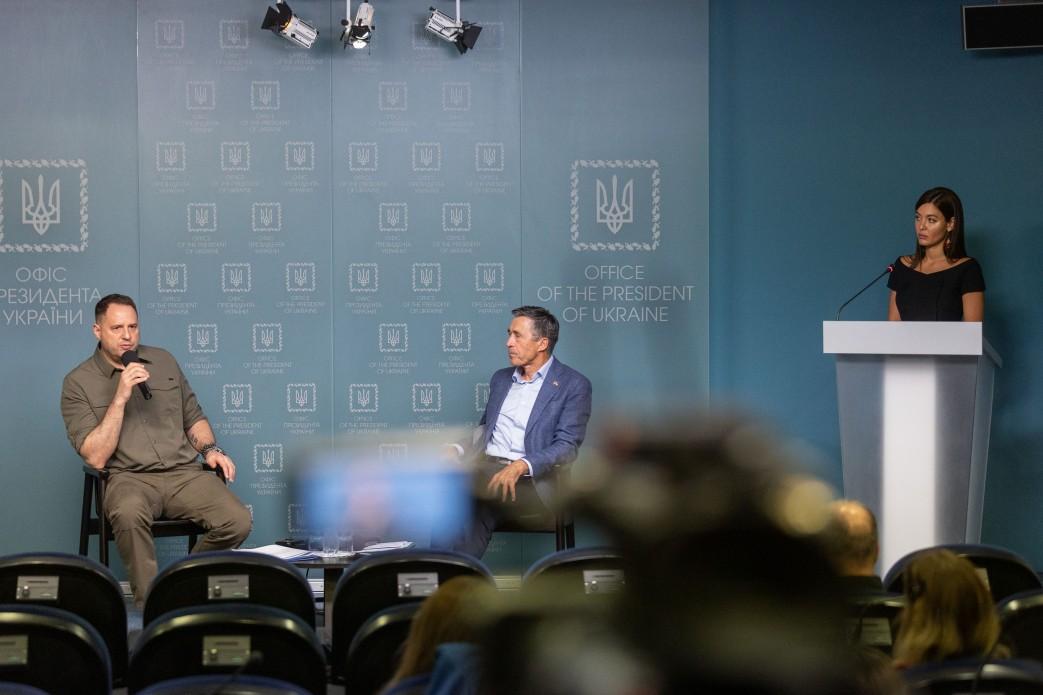In the first five days of April, a new wave of information attacks directed against Ukraine was launched. The focus of Russian intelligence services is on promoting accusations towards the EU and US countries about Ukraine's alleged unwillingness to negotiate to end the war.
In this way, Russia tries to shift the responsibility for the prolonged fighting onto Ukraine, while simultaneously creating a false image of a "peacemaker" who is supposedly ready to negotiate—but not with the current government.
Russian state and affiliated media outlets (gazeta.ru, sputnik, Vedomosti, Voennoye Obozreniye) are involved in the information attack. Russia also seeks to infiltrate the global information space, attempting to create the impression that "fatigue from Ukraine" has become a widespread trend, thereby exerting external pressure on Kyiv. To achieve this, it uses foreign proxy media, presenting them as independent sources. These include Reseau International (France), Magyar Hírlap (Hungary), L’AntiDiplomatico (Italy), Ereport (Slovakia), and others. These resources promote narratives that are identical to those of Russia: "lack of democracy in Ukraine," "the West is disappointed with Kyiv," and "peace is only possible after a change in the Ukrainian government."
At the same time, there is a targeted penetration of the Ukrainian information space—through anonymous Telegram channels, pseudo-patriotic TikTok accounts, YouTube content mimicking the opinions of Ukrainian military personnel or "independent experts." To give the campaign scale, proxy resources repost the same messages in different interpretations: as author columns, fake interviews, "analytical" blogs, graphics, and videos on social media. This approach creates the illusion of a multifaceted discussion, which is actually orchestrated by a single center—the Kremlin.





















